PPT-Critical Theory What and Who?
Author : tatiana-dople | Published Date : 2018-12-15
Interdisciplinary collaborations with a variety of fields including the social sciences literary and cultural studies and political theory toward the goal of radical
Presentation Embed Code
Download Presentation
Download Presentation The PPT/PDF document "Critical Theory What and Who?" is the property of its rightful owner. Permission is granted to download and print the materials on this website for personal, non-commercial use only, and to display it on your personal computer provided you do not modify the materials and that you retain all copyright notices contained in the materials. By downloading content from our website, you accept the terms of this agreement.
Critical Theory What and Who?: Transcript
Download Rules Of Document
"Critical Theory What and Who?"The content belongs to its owner. You may download and print it for personal use, without modification, and keep all copyright notices. By downloading, you agree to these terms.
Related Documents

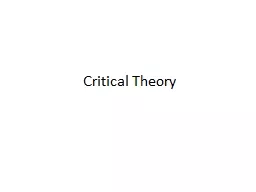
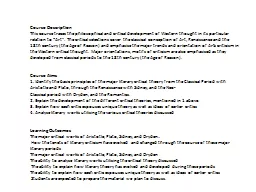
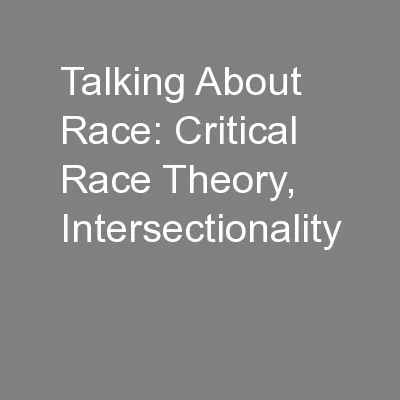
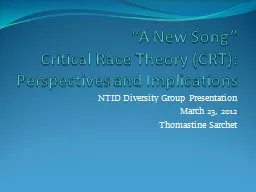
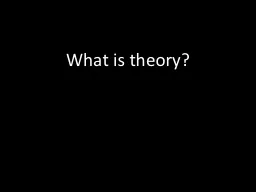
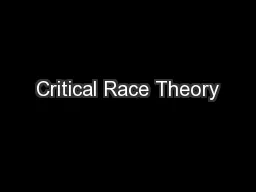
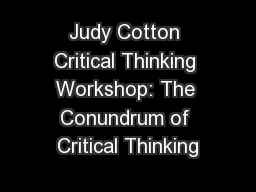
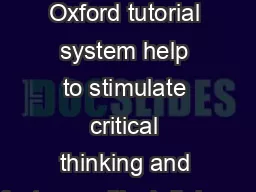
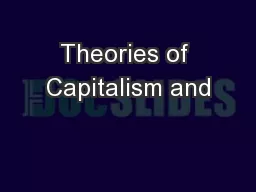
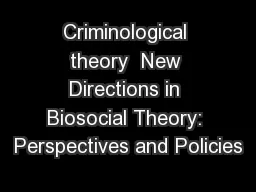
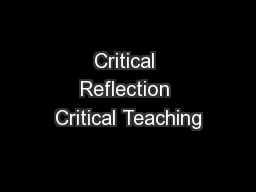
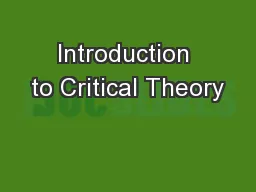

![READ [PDF] Critical Tax Theory](https://thumbs.docslides.com/1017618/read-pdf-critical-tax-theory.jpg)